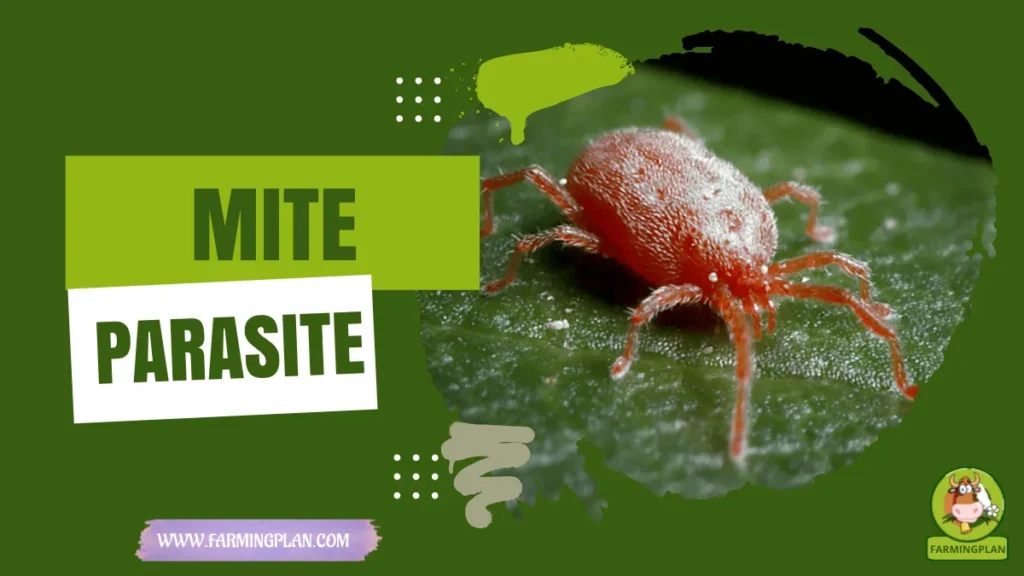Tapeworm is a flatworm, which inhabits the small intestine of humans. It tends to measure normally between 3 and 4 meters long. Although as it grows it can reach 25 meters in length. The truth is that although they can be unpleasant, the reality is that in most cases do not usually cause serious problems. In fact, although it is not a very frequent infection, when it occurs it is very easy to treat from a medical point of view.
Tapeworms are one of the most common types of worms in the world. Tapeworms can be found everywhere, from your local grocery store to deep within the rainforest. Tapeworms come in many different shapes and sizes, some as small as a fingernail, while others grow up to 10 feet long! In this post, we will discuss everything there is to know about tapeworms: their lifecycle, how they reproduce, and more importantly what you need to do if you find yourself with a tapeworm infestation at home or work.

Characteristics of Tapeworm
Tapeworm is an intestinal parasite. It is an organism that lives on or within other organisms, acquiring nutrients from its guests and probably depriving them of their own nutrition. It is a fairly complex parasite that can cause two types of diseases, taeniasis or solitary in its adult phase and cysticercosis in its larval stage.
Due to its large size and characteristics, it is common to find a single parasite per patient which gives it its solitary name. The parasite has a flat shape. The parasite’s body lengthens to size by adding new segments to its body. Each segment is capable of reproducing and manufacturing thousands of eggs, being able to reach 3,000 segments, 25 meters in length and live up to 30 years.
These old segments along with their eggs leave through the feces of the digestive system of the host. This parasite may end up in water or soil if not eliminated by maintaining adequate hygienic measures.
Symptoms
The reality is that the symptoms of solitary are rare. In fact, the most common is that the person who has a solitary worm infection does not feel anything at all and does not have symptoms. It may even be months or years after the infection. The main symptom that allows suspicion of infection is the expulsion of whole parasites. This is observed through the stool.
In any case, if symptoms appear the most common are:
- Nausea
- Dizziness
- Problems in intestinal transit
- Diarrhea
- Abdominal pain
- Light cramps
- Weightloss
- Changes in appetite
- Weakness
- Headache
- Constipation
- Anal pruritus
- Low hemoglobin
Symptoms are usually more frequent abdominal symptoms in the morning and usually improve after meals. One of the most stained complications of Tenia infection is obstruction of the appendix by proglottids. This may lead to acute appendicitis with peritonitis risk. In the case of larval disease or cysticercosis, the symptoms may occur at the neurological or ocular level. If the patient has neurocysticercosis the seizures are frequent, and the parasite will be lodged in the cerebral parenchyma.
Prevention & Treatment
The treatment of the worm had or solitary varies depending on its presentation in adult, larval or mixed state. Treatment of solitary worm in its adult state is by antiparasitic antibiotic, Praziquantel or Albendazole. Immediately the patient will notice the expulsion of pieces or proglottids from the parasite.
The oral treatment is usually definitive, however, in some cases can persist the escolex (head of the solitary earthworm). The parasite has the capacity to reproduce again the place, for this reason when evidencing its expulsion in the feces is considered the patient cured. It is advisable to repeat the treatment to the day to guarantee the cure.
In the case of the larval forms of the disease had solitary it is necessary to take into account that the death of the cysticercus. This causes an intense inflammatory reaction that when it occurs at the brain level maybe even worse than the disease. It is necessary to administer antiparasitic at high doses to ensure their concentration in the central nervous system accompanied by high doses of glucocorticoids.
Treatment of neurocysticercosis should be performed in hospitalized patients, who should be monitored by a specialized team. Especially in immunosuppressed patients or HIV. In ocular cases where the cysticercus is an accident in the retina may even be necessary some kind of laser surgery at the ocular level.
Conclusion
It was concluded that when detecting the tapeworm in a patient should be treated immediately. Following treatment with tapeworm, follow-up should be continued. After deworming, the patient has to be followed up for a period of 5 weeks. Where the evolution of the concentration or presence of eggs in the evacuations is observed. It is necessary to investigate the source of infection. If a person has a tapeworm, the rest of the relatives have to be tested to rule that they are infected.
As A Reference: Wikipedia

